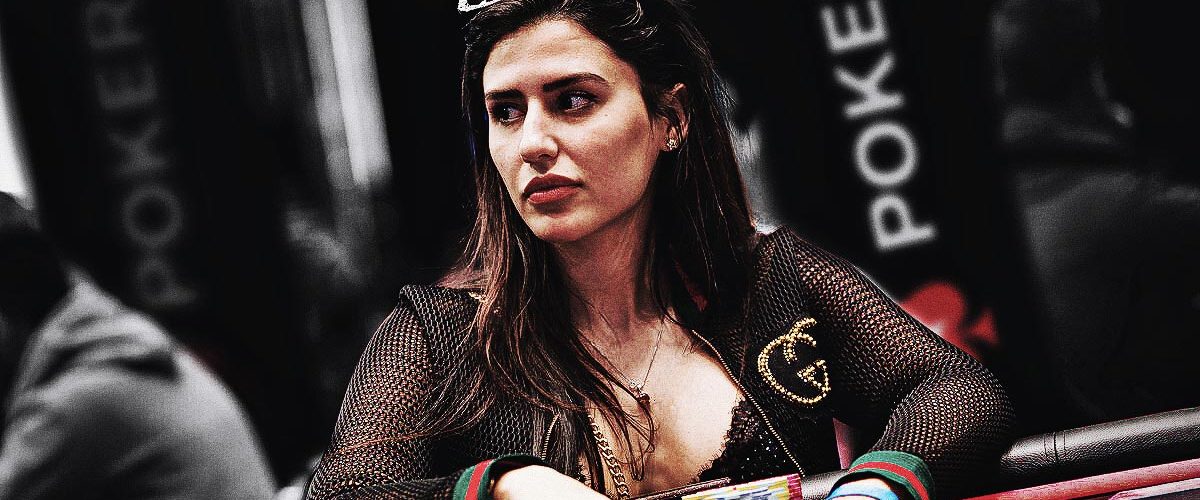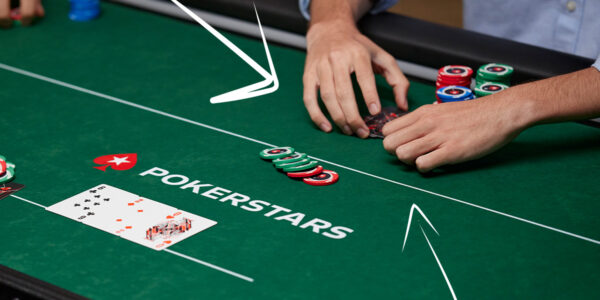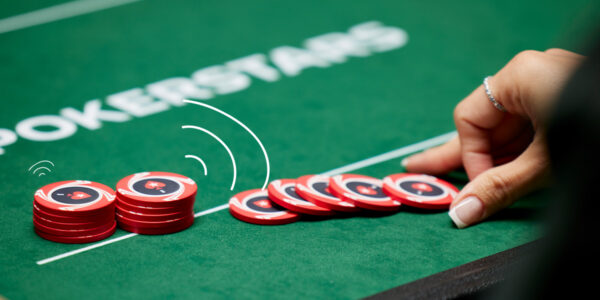Choosing Your 3-Bet Range Shape and Sizing
We have all heard about 3-betting bigger out of position and smaller in position, but there are two factors in the theory of 3-betting which affect how big we should go. Position is one of them and range shape is the other. Let’s focus on this less discussed factor today. How does the sort of range we’ll be 3-betting affect the sizing we should choose? And how do we determine the shape of our 3-bet range in the first place?
Range Shape
A 3-Bet range might be linear or it might be polarised. What’s the difference?
Linear Ranges
3-Betting with a linear range means 3-betting AA and then all of the hands weaker than AA down to a certain hand which is deemed too weak to 3-Bet. It might look like [88+, all suited broadways, all suited aces, AJo+, KQo+, T9s, 98s] or in another spot it might be tighter and exclude the weaker hands in that range. Linear essentially means ‘no gaps’. When we’re 3-betting linear, we will never favour a weaker hand over a stronger one.
We 3-bet with a linear range under two circumstances:
- When we are not building a calling range against the open. In this case we are entering the pot with a 3-Bet or not at all. It would not make sense to choose to play a hand that is weaker than one we are folding, so we 3-bet from the top down.
- When Villain or population does not fold much to 3-bets. In this case we want to only increase the size of the pot for value and not for fold equity. 3-Bet bluffing is not advisable and so we 3-bet all and only those hands deemed good enough to be value 3-bets.
Polarised Ranges
A polarised 3-Bet range is one that has a value component and a bluff component. These two groups of hands are separated by a calling range. Therefore, when we 3-bet polarised, we must have a calling range to serve as a buffer between value hands and bluffs. A polarised range might look like: [JJ+ AQs+ AKo, A2s-A5s T9s 98s 87s] in the most extreme example. If our range is purely polarised, then it means we are flatting the hands in between these two groups and folding all hands weaker than our 3-bet bluffs.


One more modern option is to play a mixed polarised range. This still entails having a chunk of very strong hands that you always 3-bet for value. The difference with this range is that some of the weaker hands get mixed between 3-betting and calling. This has the advantage of increasing the calibre of the bluffs, but the disadvantage of playing less hands overall. We only have a finite amount of space for bluffing in our strategy before it becomes too bluff heavy and exploitable. This might be okay against weaker players who fold too much, but is a concern against stronger opposition. So when we 3-bet A5s as a bluff, we have less room for K3s.
We opt for a polarised range when:
- We want to have a calling range
AND
- We think Villain or population folds a decent amount of the time to 3-Bets.
The higher EV we think it is to call our medium strength hands, the less likely we are to turn them into 3-bet bluffs. When we are in position, then, BB vs a SB raise, we are very unlikely to 3-bet bluff any medium hands. A5s and the like will often just call because they are so profitable to flat and hate to get 4-bet off of their equity. Meanwhile, a hand like J4s which is around break even to flat is perfectly reasonable as a 3-bet bluff as we are not squandering much calling EV by 3-betting it instead.
Contrast this to a spot like BB vs UTG, where A5s is not a massively profitable call. In this spot we would mix the hand between 3-bet and call as both options are roughly equal in expectation and never dream of 3-betting Q4s. Thus, we are using a mixed polarised range BB vs UTG but a purely polarised range BB vs SB.
Linear Ranges want to Use Smaller Sizing
Generally speaking, big value hands increase their EV when they put more money into the pot. Medium strength hands, often called ‘tier 2 hands’, increase their EV by using a smaller sizing. The reason for this is that they do not want to filter out too many of the weaker hands in Villain’s continuing range to the 3-bet because these are the hands they dominate and perform well against. TT does not want to 3-Bet huge HJ vs UTG as there are still four uncapped ranges behind and TT will perform badly if it filters the UTG player too much.
Remember that Linear ranges are full of medium strength hands, and so they want to use a smaller size. I would 3-bet from 2.5BB to 7BB in position HJ vs UTG and from 2.5BB to 11BB out of position.
Polarised Ranges want to Use a Big Sizing
Remember, the big hands like AA, KK, QQ, and AK prefer to use a large size. The more money you can shovel into the pot with these hands, the better (unless stacks are short and building a big pot is unnecessary.) Since nutted hands are a significant part of a polarised range, polar ranges like betting bigger.
Bluffs rely on pre-flop fold equity to be profitable or break even, so when your range contains a sizable portion of very weak hands, you want to increase fold equity. Making a small 3-bet that would usually get called is not a good idea when you’re holding Q3s.
Since polarised ranges contain less medium strength hands, which prefer playing smaller pots against wider ranges, they have no reason to shy away from big sizing and every reason to utilise it.
If I were 3-betting a polarised range in position, I would tend to go from 2.5BB to 9.5BB. Out of position I would go from 2.5BB to 12BB.
Summary
- Linear ranges 3-bet from the top down without a gap. We use them either when we’re not calling anything or when fold equity is low. They want to use a smaller sizing because they contain a lot of medium strength hands that strive to keep pots smaller.
- Polarised ranges 3-bet two distinct groups of hands: value hands which are very strong and like to build big pots and bluffs which seek fold equity. We choose a polar range when we have both a calling range and reasonable fold equity. Since polar ranges contain hands that like putting more money into the pot, and no medium strength hands, they like a big sizing.











